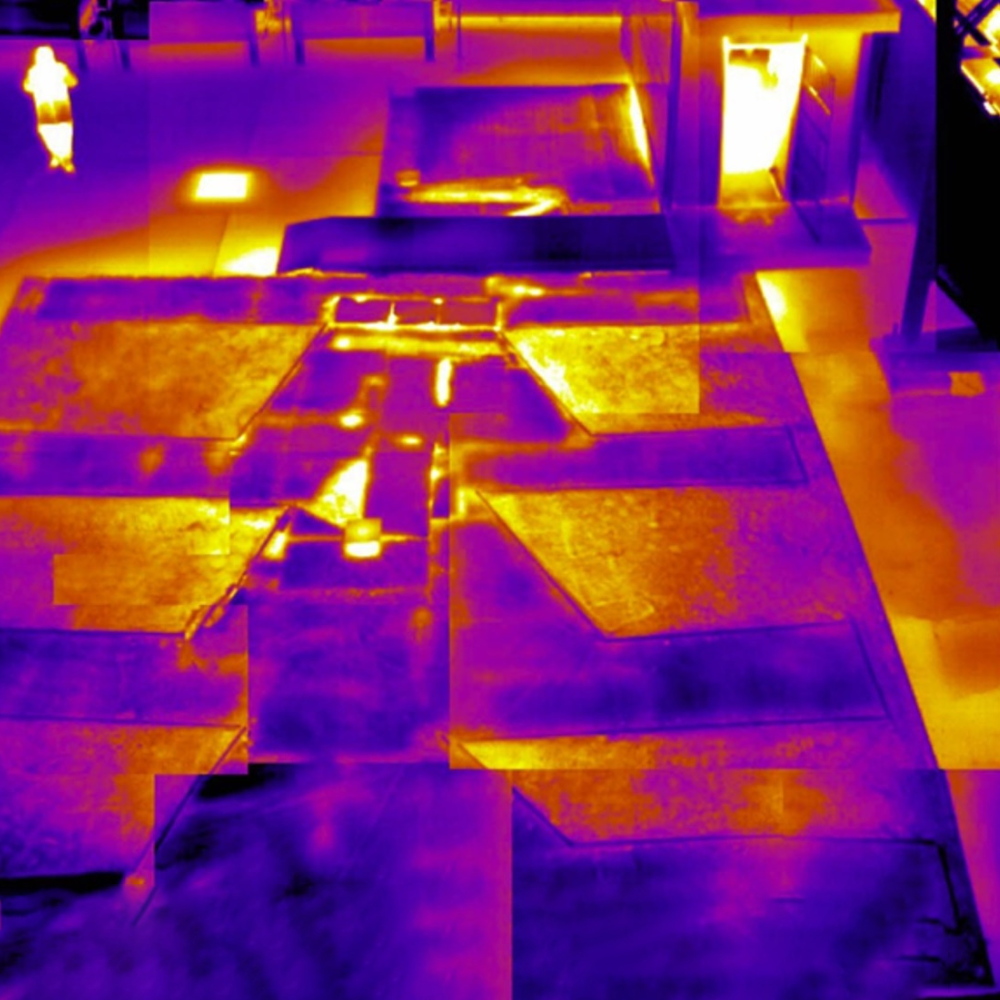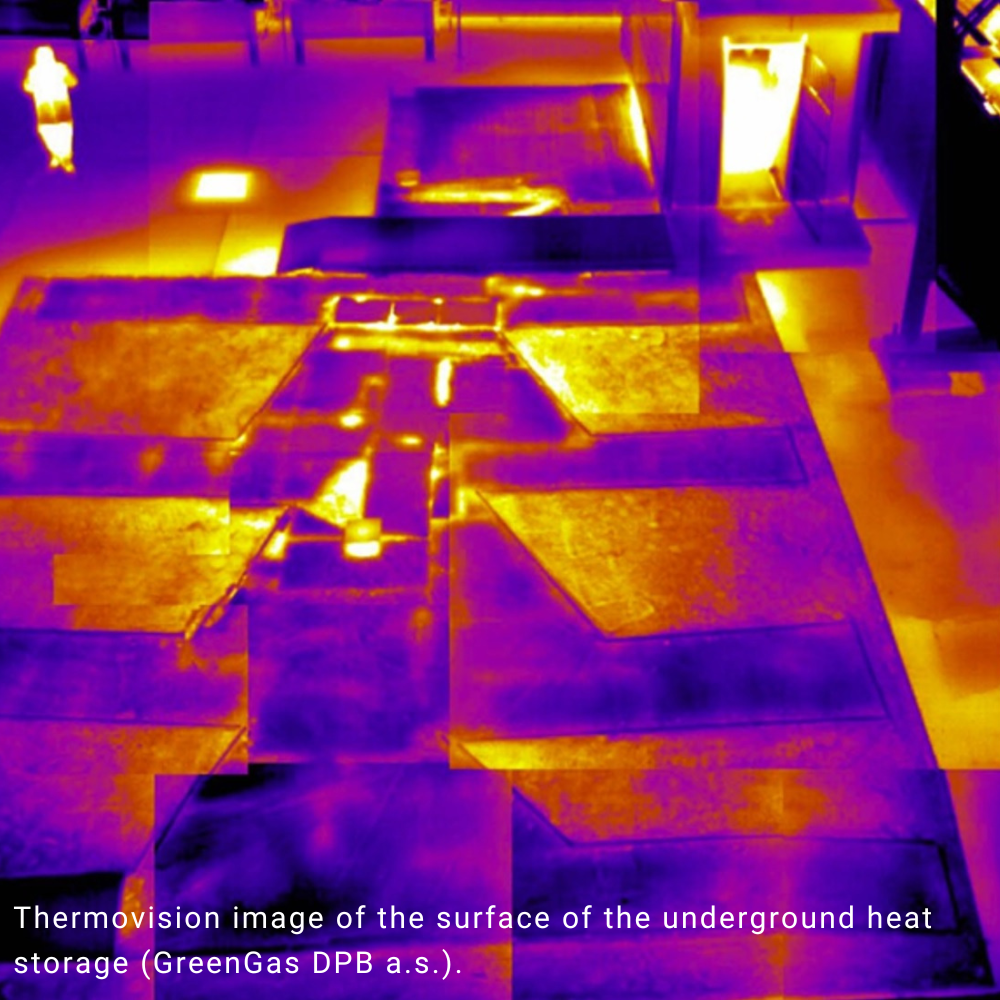
VSB-TUO researchers respond to demand for sustainable geothermal energy
How to extract energy from the rock environment beneath the Earth’s surface and utilise it, for example, for heating buildings? Scientists at VSB-TUO have been working on this question for a long time. However, with recent developments such as the Green Deal, the conflict in Ukraine, and the energy crisis, there has been a substantial surge in public demand for their findings.
A starting point for further research is the newly completed international project Geothermal Energy in Special Underground Structures (GeoUS), during which researchers from VSB – Techncial University of Ostrava collaborated with the German research organisation Fraunhofer-Gesellschaft and the University of Vaasa in Finland. The EnergyLab which is part of the upcoming REFRESH project will also deal with the use of geothermal energy.
“In the era of inexpensive energy, the concept of utilising heat from the Earth’s rocks was somewhat inactive. However, with global transformations, the energy crisis, and escalating energy costs, the topic has experienced a significant resurgence. The interest extends beyond scientific curiosity, as companies and property owners increasingly seek practical solutions. I am pleased that we can advance our research by building upon our existing expertise,” expressed Naďa Rapantová from the Department of Geotechnics and Underground Engineering at the Faculty of Civil Engineering at VSB – Technical University of Ostrava (VSB-TUO). She has long been engaged in this field, collaborating with various University departments, particularly the Faculty of Electrical Engineering and Computer Science and the Faculty of Mining and Geology, as well as international colleagues.
Geothermal energy (GTE) relies on the heat emanating from the Earth’s core, the decay of radioactive substances, and other exothermic reactions. It can serve both as a heat source and as a means to generate electricity. The methods of extraction and utilisation depend on the depth of the geothermal system and the temperature of rock environment. At VSB-TUO, researchers are specifically intrigued by shallow, low-temperature systems, where heat is retrieved from depths typically up to 200 meters using diverse systems, including solar radiation as an energy source.

There are two main approaches to harness geothermal energy: open systems that utilise groundwater for heat transfer, and closed systems that rely on alcohol- or glycol-based antifreeze. In open systems, groundwater is pumped from one well and passes through a heat pump to extract heat before being returned to another well. On the other hand, closed systems involve circulating antifreeze through horizontal systems or boreholes, typically 60 to 200 meters deep. These systems enable heat transfer from the rock environment for heating during winter, while in summer, the process is reversed to cool buildings and store excess heat in the rocks. The University campus has implemented such a system for several years, notably in the assembly hall and the new building of the Faculty of Electrical Engineering and Computer Science.
“In some countries, especially in the Nordic countries, the use of geothermal energy is very widespread. However, if large-scale interventions are carried out without proper design and documentation, which often occurs, there is a theoretical risk of potential interactions or depletion of nearby geothermal systems in the future. It is crucial to optimise the placement, depth, and utilisation methods of boreholes. This is not only to avoid encountering limitations in the long run that could jeopardize the return on investment but also to carefully assess other conditions,” Rapantová emphasised the importance of multidisciplinary cooperation in addressing these concerns.
VSB-TUO has the advantage of tapping into the expertise of various professionals, including geologists, drilling experts, monitoring system specialists, data analysts, and builders. In anticipation of the REFRESH project, scientists have already begun working on the development of a simulation system to optimise the use of geothermal energy. “Collaborating with colleagues from the IT4Innovations National Supercomputing Center at VSB-TUO, our goal is to develop a system that optimises a specific solution. By analysing relevant data, we will be able to assess whether a proposed system is not only technically sound but also economically viable for a given location,” Rapantová emphasised the importance of considering both technical and economic aspects in this endeavour.
New research avenues have emerged, including a mini-consortium within the GeoUS project, Horizon Twinning, which was led by VSB-TUO and involved the Faculty of Electrical Engineering and Computer Science, the Faculty of Civil Engineering and the Faculty of Mining and Geology. “We have become equal partners with our colleagues from the Fraunhofer Institute and the University of Vaasa in Finland. We actively exchange data, we have published joint papers and have expanded to form additional clusters. Together, we have also submitted various international projects,” Rapantová said.
Despite the rapid growth of geothermal energy systems, particularly abroad, scientists still face numerous unanswered questions and challenges. While heat resources are plentiful on Earth, their distribution in terms of time and space does not always align with our energy demands. This is why the development of heat storage systems and the integration of various sustainable energy sources in truly ‘smart installations’ have become very topical issues.